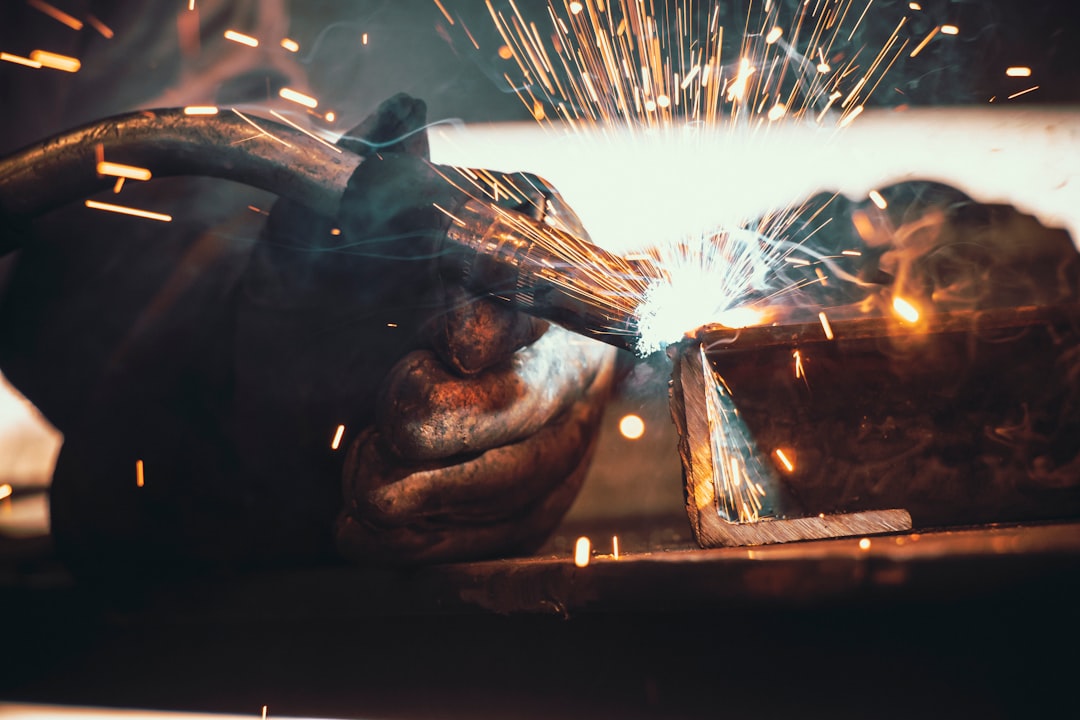body { font-family: sans-serif; line-height: 1.6; }
h1, h2, h3 { color: #333; }
h1 { font-size: 2.5em; }
h2 { font-size: 2em; }
h3 { font-size: 1.5em; }
img { max-width: 100%; height: auto; }
The steel manufacturing industry is a cornerstone of modern infrastructure, powering everything from skyscrapers to bridges. However, this crucial industry comes with inherent risks. From extreme temperatures and heavy machinery to hazardous materials and confined spaces, the potential for workplace accidents is significant. This comprehensive guide explores the critical aspects of occupational safety in steel manufacturing, aiming to highlight best practices and promote a safer work environment for all.
Identifying and Mitigating Hazards in Steel Mills
Hazard identification is the first and most crucial step in ensuring workplace safety. Steel mills present a wide array of hazards, including:
- Burns: Molten metal, hot surfaces, and sparks are constant threats, requiring robust personal protective equipment (PPE) and stringent safety protocols.
- Crushing and Cutting Hazards: Heavy machinery, rolling mills, and shears pose significant risks of crushing injuries or amputations. Proper machine guarding, lockout/tagout procedures, and training are essential.
- Falling Objects: Working at heights, handling heavy materials, and potential structural failures increase the risk of falling objects. Appropriate fall protection systems and safe work practices are paramount.
- Exposure to Hazardous Materials: Steel manufacturing involves exposure to various chemicals, dusts, and fumes, some of which are carcinogenic or toxic. Proper ventilation, respiratory protection, and handling procedures are crucial.
- Noise Pollution: The constant operation of heavy machinery generates significant noise pollution, leading to hearing loss over time. Hearing protection and noise reduction measures are mandatory.
- Electrical Hazards: Exposure to high-voltage equipment necessitates stringent safety precautions, including regular inspections, insulated tools, and appropriate training.
- Heat-resistant clothing: Protecting workers from burns caused by molten metal and hot surfaces.
- Safety footwear: Providing protection against crushing hazards and falling objects.
- Safety helmets: Protecting workers from head injuries caused by falling objects or impacts.
- Safety glasses or goggles: Protecting eyes from flying debris, sparks, and chemicals.
- Hearing protection: Reducing exposure to harmful noise levels.
- Respiratory protection: Protecting workers from inhaling harmful dusts, fumes, and gases.
- Gloves: Protecting hands from cuts, burns, and chemical exposure.
- Emergency procedures for various scenarios: Such as fires, explosions, chemical spills, and injuries.
- Designated emergency exits and assembly points: Ensuring quick and safe evacuation in case of an emergency.
- Well-trained emergency response teams: Equipped with the necessary skills and equipment to handle emergencies.
- Adequate first-aid facilities and trained personnel: Providing immediate medical attention to injured workers.
- Emergency communication systems: Enabling quick and efficient communication during emergencies.
- Regular drills and training exercises: Ensuring that workers are familiar with emergency procedures.
- Machine guarding and safety devices: Ensuring that machinery is properly guarded to prevent accidents.
- Hazardous materials handling and storage: Following strict procedures for handling and storing hazardous materials.
- Worker training and competency: Ensuring that workers are adequately trained and competent to perform their tasks safely.
- Workplace inspections and audits: Regularly inspecting the workplace to identify and address potential hazards.
- Record-keeping and reporting: Maintaining accurate records of accidents, incidents, and safety inspections.
- Leadership commitment to safety: Demonstrating a clear commitment to safety at all levels of the organization.
- Worker participation and involvement: Encouraging workers to report hazards and participate in safety initiatives.
- Regular safety training and education: Providing ongoing training and education to workers on safety procedures and best practices.
- Incentivizing safe work practices: Recognizing and rewarding workers who demonstrate safe work habits.
- Investigating accidents and incidents thoroughly: Identifying root causes and implementing corrective actions to prevent future incidents.
- Continuous improvement: Regularly reviewing and updating safety procedures and practices to reflect best practices and new technologies.
Effective hazard mitigation involves a combination of engineering controls (e.g., machine guarding, ventilation systems), administrative controls (e.g., safe work procedures, training programs), and personal protective equipment (PPE).
The Importance of Personal Protective Equipment (PPE)
Personal Protective Equipment (PPE) plays a vital role in minimizing the risk of injuries in steel manufacturing. Workers must be provided with and properly trained on the use of appropriate PPE, including:
Regular inspection and maintenance of PPE are crucial to ensure its effectiveness. Workers should be educated on the proper use, care, and limitations of their PPE.
Emergency Response and First Aid Procedures
Having a comprehensive emergency response plan is crucial in steel manufacturing. This plan should include:
Prompt and effective emergency response can significantly reduce the severity of injuries and save lives.
Regulatory Compliance and Safety Audits
Steel manufacturers must comply with a wide range of safety regulations and standards. These regulations vary by country and region but typically cover aspects such as:
Regular safety audits are essential to identify areas for improvement and ensure ongoing compliance with regulations.
Continuous Improvement and Safety Culture
Creating a strong safety culture is paramount in steel manufacturing. This involves:
A strong safety culture fosters a proactive approach to safety, reducing the likelihood of accidents and promoting a healthier and more productive work environment.
By implementing these strategies and fostering a strong safety culture, the steel manufacturing industry can significantly reduce workplace accidents and create a safer environment for its workforce.
SEO Tags:
Steel Manufacturing Safety, Occupational Safety Steel, Steel Mill Safety Procedures, Industrial Safety Regulations, Workplace Safety Training




